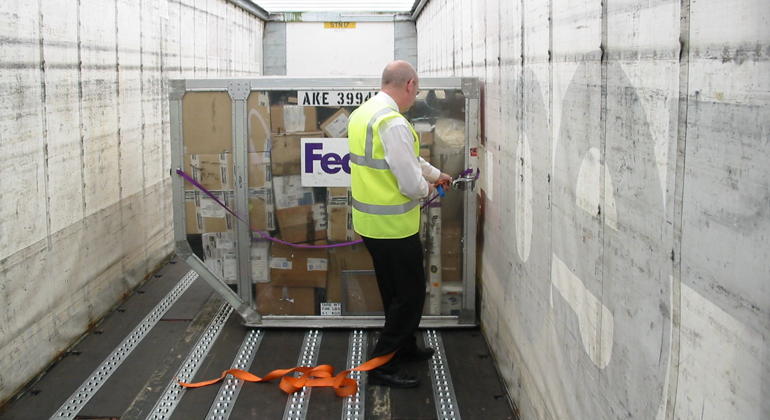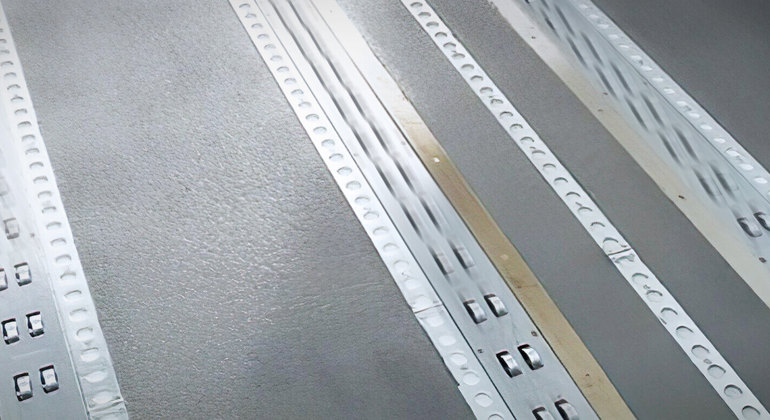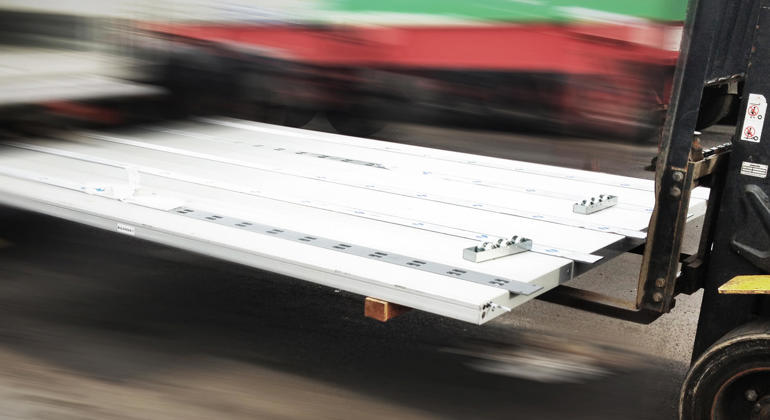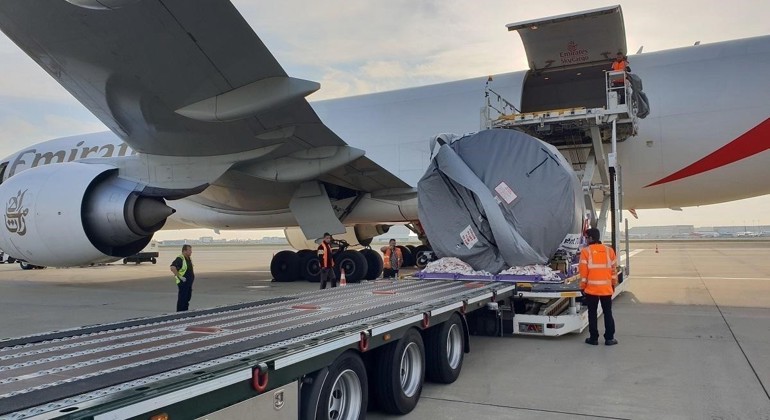Air cargo volumes are growing, as is the demand for consumer goods, and the need to move cargo around the world quickly is more important than ever. According to the International Air Transportation Association (IATA), 131 billion parcels were delivered in a year. Experts predict this will have doubled by 2026, and by 2040, 95% of all purchases will be via e-commerce.
The lower cost of transporting cargo by land or sea makes them the most favourable options; however, transportation of goods by air is the quickest, most unhindered transport mode. IATA reports on its website that 80% of cross-border e-commerce is transported by air and that air cargo industries represent 35% of the world’s trade by value but less than 1% of volume.
All of this makes it crucial for cargo airlines and logistics providers to develop an efficient supply chain. Below is a look at the benefits of air cargo transportation, at moving cargo and at how our own solutions can boost your operation when handling air cargo.
Book a FREE Loading Assessment
Learn how to make the loading process safer and more efficient with a no-obligation assessment...
BOOK NOW



